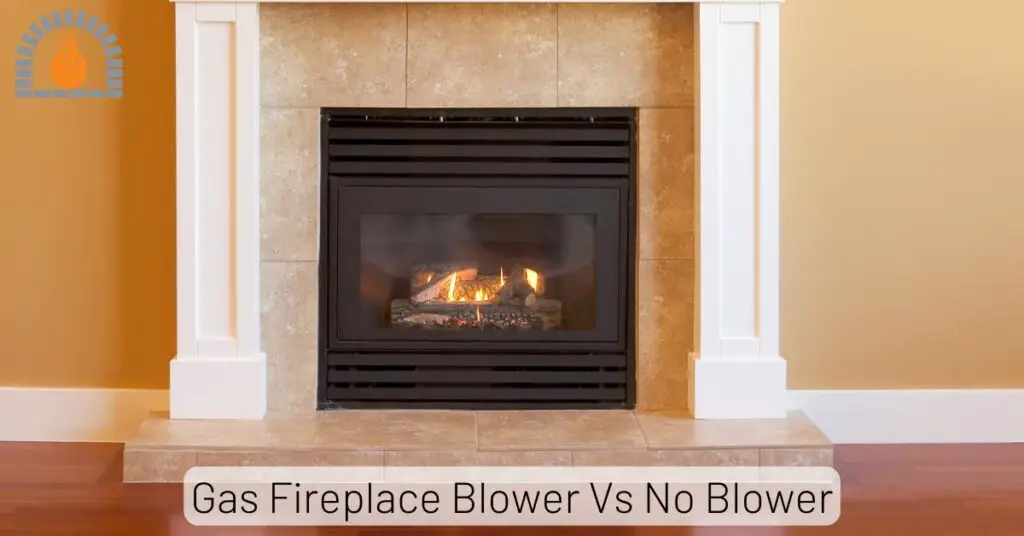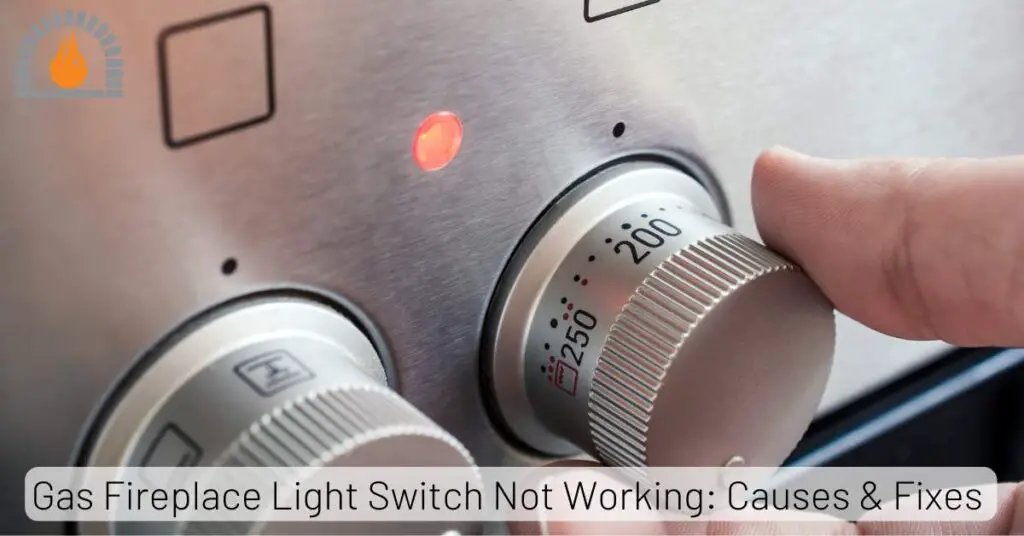Propane is a versatile, efficient fuel source commonly used for heating, cooking, and powering appliances in both residential and outdoor settings. However, understanding exactly how long a propane tank will last for specific applications can help save money, manage fuel more efficiently, and avoid interruptions in service.
Propane tank duration varies based on tank size, the appliances connected, and the rate at which those appliances consume fuel. Here’s an in-depth look at propane tank lifespans and how you can estimate your propane usage.
Common Propane Tank Sizes
| Tank Size | Dimensions | Capacity | Common Uses |
|---|---|---|---|
| 20 LB (Barbecue Tank) | 18” tall, 12” diameter | 4.7 gallons | Barbecues, patio heaters, mosquito catchers, outdoor equipment, temporary heat |
| 33 LB | 2 feet tall, 1 foot diameter | 7.8 gallons | Forklifts, camper trailers, space heating, autogas vehicles, temporary heat |
| 60 Gallon | 43” tall, 24” diameter | 48 gallons | Residential cooking, clothes drying |
| 100 LB | 4 feet tall, 18” diameter | 23.6 gallons | Fireplaces, dryers, cooking, barbecues, garage heat, job site heating |
| 120 Gallon (420 LB) | 54.5” tall, 30” diameter | 96 gallons | Home heating, hot water, cooking, dryers, fireplaces, generators, pool heaters |
| 250 Gallon | 7’10” long, 30” diameter | 200 gallons | Water heaters, generators, auxiliary heating, pool heaters |
| 320 Gallon | 10 feet long, 30” diameter | 256 gallons | Hot water, generators, pool heaters, heating smaller homes |
| 500 Gallon | 3’8” tall, 10 feet long, 37.5” diameter | 400 gallons | Whole-house heating, commercial heating, cooking, crop drying, temporary heating, generators, pool heating |
| 1,000 Gallon | 4’2” tall, 16 feet long, 41” diameter | 800 gallons | Whole-house and commercial heating, fleet use, fill stations, crop drying |
Propane is measured either in pounds or gallons. A 20-pound tank, for example, holds approximately 4.7 gallons of propane. Understanding your tank’s capacity will help in calculating how much propane is available for use.
How Long Does a Propane Tank Last?
The duration of a propane tank depends on the size of the tank and the amount of propane each appliance consumes, typically measured in BTUs (British Thermal Units), which indicate the heat output of appliances. Here’s a breakdown of estimated durations for different propane tank sizes:
1 lb Propane Tank: With an approximate total energy output of 22,000 BTUs, a 1 lb tank can power a device for about 0.98 hours when used at maximum output, such as for small camp stoves or lanterns.
20 lb Propane Tank: Holding around 432,000 BTUs, a 20 lb tank typically lasts 10 to 12 hours for high-demand appliances (like grills at 30,000 BTUs per hour). For lighter or intermittent use, it can last 18 to 20 hours.
33 lb Propane Tank: Often used for medium-size applications like construction heaters or forklifts, a 33 lb tank contains about 720,000 BTUs. This tank can last around 24 hours with an appliance that uses 30,000 BTUs per hour.
60 lb Propane Tank: With an energy capacity of about 1,310,000 BTUs, a 60 lb tank can last between 43 to 45 hours when used with appliances consuming 30,000 BTUs per hour. This tank is ideal for larger RVs, small cabins, or multiple cooking appliances.
100 lb Propane Tank: A 100 lb tank holds approximately 2,160,000 BTUs, making it suitable for moderate residential heating or use with several appliances. Depending on the application, it can last several weeks to a few months.
120 lb Propane Tank: Containing around 2,592,000 BTUs, a 120 lb tank is suitable for households that use propane for multiple applications, such as heating and water heating. It typically lasts between four weeks to several months based on usage patterns.
250 lb Propane Tank: With a capacity of about 5,300,000 BTUs, a 250 lb tank can last between two to four months for heating and household use. It’s a common choice for homes that require propane for heating during colder months.
320 lb Propane Tank: Holding roughly 6,900,000 BTUs, a 320 lb tank can last up to five months for heating and hot water applications, depending on frequency of use. This tank size is often found in mid-size homes or farms.
500 Gallon Propane Tank: Common for whole-house heating, a 500-gallon tank holds approximately 400 gallons of usable propane, or around 36,600,000 BTUs. It can last several months for heating needs, with a typical household consuming about 200-300 gallons annually.
1,000 Gallon Propane Tank: Designed for large homes or properties with extensive propane needs, a 1,000-gallon tank (holding 800 gallons of propane) has about 73,200,000 BTUs of energy. This tank can last several months to a year or more, depending on the number of appliances and usage frequency.
| Tank Size | BTU Capacity | Typical Duration |
|---|---|---|
| 1 lb | 22,000 BTUs | ~0.98 hours |
| 20 lb | 432,000 BTUs | 10-12 hours (high-demand use) 18-20 hours (lighter use) |
| 33 lb | 720,000 BTUs | ~24 hours |
| 60 lb | 1,310,000 BTUs | 43-45 hours |
| 100 lb | 2,160,000 BTUs | Several weeks to a few months |
| 120 lb | 2,592,000 BTUs | Four weeks to 2 months |
| 250 lb | 5,300,000 BTUs | 2-4 months |
| 320 lb | 6,900,000 BTUs | Up to 5 months |
| 500 Gallon | 36,600,000 BTUs | Several months |
| 1,000 Gallon | 73,200,000 BTUs | Several months to 1 year |
Calculating Propane Consumption
The duration of propane in a tank largely depends on how much propane each appliance consumes. Propane consumption is often calculated in terms of BTUs (British Thermal Units), which measure the heat output of appliances.
To calculate consumption:
- Formula: Propane usage (in hours) = Tank BTUs ÷ Appliance BTUs per hour
- Example: A 20 lb propane tank has about 432,000 BTUs. If your grill uses 30,000 BTUs per hour, the tank should last approximately 14.4 hours (432,000 ÷ 30,000).
Typical Propane Usage per Appliance
Propane-powered appliances have varying consumption rates. Here are average estimates:
-
Grills: 20,000 – 30,000 BTUs/hr
-
Heaters: 10,000 – 50,000 BTUs/hr, depending on the size
-
Water Heaters: 30,000 – 50,000 BTUs/hr
-
Generators: 2,000 – 10,000 BTUs/hr depending on wattage
Factors That Affect Propane Tank Duration
Various factors can influence how long a propane tank lasts. While BTU ratings and appliance efficiency are significant, other elements also play a role:
Older or poorly maintained appliances may consume more propane than newer, efficient models. Regular maintenance helps reduce propane usage.
Cold temperatures increase propane usage, as heating appliances need to work harder to maintain comfort levels. Humidity and wind can also affect how quickly propane is consumed.
The more frequently and intensively you use propane appliances, the faster you’ll deplete the tank. Reducing usage by lowering temperature settings or using appliances intermittently can extend tank life.
Partially filled tanks deliver less fuel pressure, which can affect performance. It’s essential to check fill levels regularly and plan refills accordingly to avoid interruptions.
Tips for Extending Propane Tank Life
To maximize propane efficiency and save on fuel costs, you can take several steps:
-
Optimize Appliance Settings: Lower thermostat settings, use timers for outdoor heaters, and maintain moderate cooking temperatures on grills. Adjusting these settings can help conserve propane.
-
Regular Maintenance: Schedule annual checks for propane appliances to ensure they are running efficiently. Clean your grill burners, inspect heaters, and ensure the water heater’s thermostat is accurate.
-
Turn Off Unused Appliances: Turn off appliances when not in use, especially if you’re operating multiple propane-powered devices. For example, shutting off the propane heater when you leave a room helps reduce usage.
-
Use Insulation in Heating Zones: If you’re using propane for home or RV heating, improve insulation to keep heat from escaping. Well-insulated areas require less heating, extending the life of your propane tank.

Safety Tips for Propane Use and Storage
Propane is a safe fuel source when handled properly, but safety should always be a priority.
Here are key precautions to take:
-
Always store propane tanks in a well-ventilated, open area, away from heat sources, direct sunlight, and enclosed spaces. Proper storage prevents gas buildup and minimizes the risk of leaks or fires.
-
Before using propane appliances, check for leaks by applying soapy water to connections. Bubbles indicate a leak. Make sure to tighten connections or replace faulty parts.
-
Propane tanks are designed to hold only 80% of their capacity to allow for gas expansion. Always check the fill level and avoid overfilling, as it increases the risk of leaks.
-
Empty or expired tanks should be disposed of at designated recycling centers or propane suppliers. Never discard propane tanks with regular trash, as this can be dangerous.
FAQs
How do I know when my propane tank is low?
Most propane tanks come with gauges indicating fuel levels. Alternatively, you can pour hot water over the tank and feel for a temperature change; the cooler area indicates the propane level.
Can I use a propane tank in winter weather?
Yes, but propane can become harder to use in extreme cold. Insulate outdoor tanks or keep them in areas with moderate temperature to ensure steady fuel flow.
How often should I refill my propane tank?
Refill frequency depends on tank size and usage. A 20 lb tank used for weekly grilling might last a couple of months, while a 500-gallon home tank may only need refilling once or twice a season.
What should I do if my propane tank runs out?
If a tank runs out, turn off all appliances and the main valve before refilling. Ensure the system is checked for leaks or issues before reconnecting.
Is there a difference between propane used for grills and home heating?
No, the propane is the same; however, larger tanks and systems used for home heating are designed to deliver higher volumes of propane to accommodate higher BTU appliances.
Affiliate Disclosure: Fireplaceadviser.com is a participant in the Amazon Services LLC Associates Program. We may earn a commission when you click on certain links on this site and purchase.

Hello!! I am Jamal Khan. I often fix my home electric heaters and gas stove problems and research the common issues in the heating units to improve my knowledge and expertise. The aim of establishing fireplaceadviser.com is to share my expertise and knowledge with my audience.












